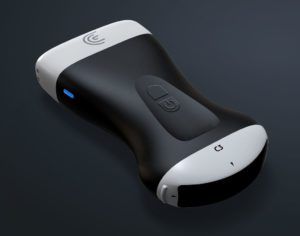One of the most commonly performed procedures in acute-care facilities is a peripheral intravenous (PIV) catheter insertion. In fact, nearly 200 million PIV catheters are placed in patients in hospitals throughout the United States each year.
But while it is common, it isn’t that successful. It is associated with a variety of complications and an unacceptably high overall failure rate of up to 50%. This means over approximately 100 million unsuccessful needle sticks.
These odds may be great in baseball. But not so much in a hospital setting.
However, when ultrasound is used to guide the procedure, the accuracy climbs to about 80%- 95%. Ultrasound guidance allows practitioners to locate the blood vessel on the first try, without resorting to more invasive catheters like central lines. This can make a big difference, especially for patients requiring multiple treatments.
Having ultrasound technology to guide in this procedure, is especially beneficial to pediatric patients and their parents–who often are there to witness multiple missed injections.
So why isn’t ultrasound used for all PIVs?
Because, while ultrasound equipment may be helpful for peripheral vascular access, it isn’t always available.
One organization that has taken steps to change that is St. Joseph’s Healthcare System, who launched a vascular access program in 2016. The first-of-its-kind sterile ultrasound-guided program increased the accuracy and ease of needle sticks, significantly enhancing the patient and provider experience in procedures from blood draws and peripheral IVs, to arterial lines and PICC lines. They were the first hospital in the country to have a vascular access team placing sterile ultrasound guided peripheral IVs, and the results were remarkable.
With a goal of „vessel preservation“, their first attempt success rates climbed to over 98%. The program also eliminated the need for 1,304 PICC/central lines in its first year.
As ultrasound becomes increasingly more portable, other hospitals and care facilities are likely to follow this direction. Increased access to ultrasound means medical professionals won’t be waiting around to wait for an ultrasound machine, nor will they be forced to just perform the procedure blindly.
Regardless, the outcomes cannot be ignored. Improved accuracy, faster patient throughput, better patient care and comfort, and most importantly: no multiple needle sticks!















